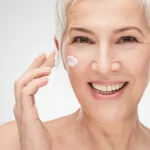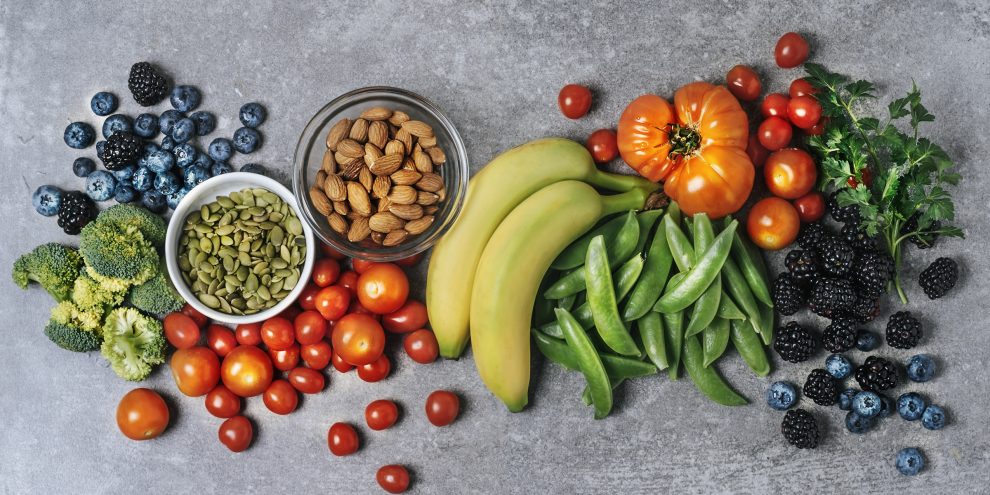Is the paleo diet, an eating plan created based on prehistoric human diets, suitable for humans today?
A paleo diet is a dietary plan based on foods similar to those that might have been consumed during the Paleolithic era, dating from approximately 2.5 million to 10,000 years ago.
The paleo diet typically includes lean meats, fish, fruits, vegetables, nuts, and seeds, foods that in the past could be obtained through hunting and gathering. The paleo diet limits the foods that became common when agriculture emerged about 10,000 years ago. These foods include dairy products, legumes, and grains.
Other names for the paleo diet are the Paleolithic diet, Stone Age diet, hunter-gatherer diet, and caveman diet.
objective
The goal of a paleo diet is to return to a mode of eating more similar to that of early humans. The reasoning for diet is that the human body is genetically incompatible with the modern diet that emerged from agriculture, an idea known as the “mismatch hypothesis.”
Agriculture changed what people ate and established dairy, grains, and legumes as additional staples in the human diet. According to this hypothesis, this relatively late and rapid change in diet exceeded the body’s ability to adapt. This incompatibility is believed to contribute to the prevalence of obesity, diabetes, and heart disease today.
Why go on a paleo diet
You can choose to follow a paleo diet because:
You want to lose weight or stay at a healthy weight
You want help planning mealsDetails of a paleo diet
Recommendations vary among commercial paleo diets, and some diet plans have stricter guidelines than others. In general, paleo diets follow these guidelines.
What to eat
Fruits
Vegetables
Nuts and seeds
Lean meats, especially grass-fed or game-fed meats
Fish, especially those high in omega-3 fatty acids, such as salmon, mackerel, and albacore tuna
Fruit and nut oils, such as olive oil or walnut oilWhat to avoid
Cereals, such as wheat, oats, and barley
Legumes, such as beans, lentils, peanuts, and peas (split peas)
Dairy products
Refined sugar
Salt
Potato
Highly processed foods in generalThe paleo diet is based on the premise that human beings are genetically adapted to eat what our ancestors ate in the Paleolithic: meat, fruits, and vegetables, and seafood – fish and shellfish- and it doubts that cereals, dairy, and vegetables must support a healthy diet.
The Paleo Diet, which is also known as the Stone Age Diet or the Caveman Diet, considers that the most suitable foods for humans are those that were available in Paleolithic times: meat, fish, vegetables, fruits, nuts, and roots –which provide the necessary amount of proteins, vitamins, minerals, and antioxidants–, and proposes avoiding sugars and processed foods in general, but also other foods considered healthy such as legumes, cereals, and dairy.
Paleo, the most natural diet
Followers of the paleo diet defend that the natural human diet, which we adapted over millions of years, cannot include flours, sugars, or dairy products because these foods were incorporated into the diet much later and are very recent in our evolutionary history.
This diet includes large amounts of animal protein, fatty parts, and vegetables –whether fresh or frozen–, and eliminates packaged products from the shopping list, choosing only fresh foods. They also recommend that the meat comes from grass-fed animals and that the fruits and vegetables are in season (and better from organic production). That is, everything is as natural and less processed as possible.
Saturated fats are allowed; animal fat is good as long as it comes from healthy animals. Fruits with lower fructose content and higher amounts of antioxidants are preferable, as well as nuts rich in omega three fatty acids – such as walnuts and almonds -, and extra virgin olive oil is highly appreciated for seasoning vegetables and salads.
Paleo diet
Benefits of the paleo diet
Proponents of the paleo diet claim that this type of diet has health benefits such as:
Keep the balance of energy throughout the day.
Get stable and adequate blood sugar levels.
Improve skin and teeth.
In the case of people who do sports, the training is more effective and easier to complete.
Reduce allergies.
Burn accumulated fat and therefore lose weight and prevent obesity in the long term.
Combining meat and fish with vegetables and fruits satisfies enough so that people who need to control their weight do not go hungry.
It favors rest and has a quality sleep.When losing weight, there are many strategies that we can put into practice, being the care of the diet key to see results. Thus, among the most famous diets are those reduced in carbohydrates, such as the keto diet or the paleo diet. We tell you about this last option, what it consists of, the allowed foods, and recipes that adapt to it.
What the paleo diet is all about: allowed foods
A paleo or paleo diet is called a diet that tries to imitate the diet that our ancestors had in the Paleolithic when hunting, and food gathering predominated.
Of course, it is a diet without processing of any kind and, as we have said, reduced in carbohydrates since it is dominated by protein foods such as meat, fish, eggs, and shellfish.
Fruits, vegetables, and greens are all allowed, and this is a big difference from the keto diet, but legumes and cereals of any kind are not allowed.
These are the 11 foods that we think are good for losing weight, but they better not be on your diet
Directly to the Palate
We think these are the 11 foods that are good for losing weight, but they better not be in your diet.
Thus, the main sources of hydrates are tubers, fruits, roots, and other vegetables.
The fats in the paleo diet are obtained from extra virgin olive oil, avocado, grated coconut, olives, and to a lesser extent from nuts and seeds.
In addition to oil, grated coconut, and olives, other minimally processed ingredients such as herbs and spices are acceptable.
Paleo diet
It is a diet rich in protein and reduced in carbohydrates, but it does not induce ketosis. It also offers high-quality nutrients for the body, allowing us, among other things, to lose weight.
What science says about the paleo diet
Because it takes us away from the ultra-processed and the unhealthy nutrients they contain, American scientists concluded that the paleo or paleo diet is a highly recommended option with benefits on lipids and blood glucose control, being therefore positive for those who have type 2 diabetes.
A study conducted with healthy adults yielded similar results, finding that the paleo diet also reduces blood pressure levels, which is very beneficial for cardiovascular health.
Fats also help you lose weight: these are the best options to add to your diet.
Directly to the Palate
Fats also help you lose weight: these are the best options to add to your diet.
On the other hand, an investigation from the International Journal of Exercise Science has observed improvements in body composition, reducing weight and body fat. However, an increase in blood lipids has been observed that could harm health.
All this leads us to think that if we want to benefit health beyond losing weight, the paleo diet (like all of them) requires adequate planning and the correct choice of foods to eat, with lean protein sources and fats being a priority of quality and an abundance of fruits and vegetables every day.

















Add Comment